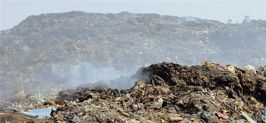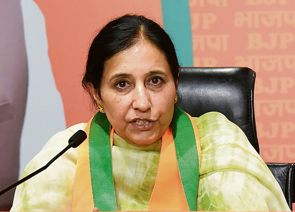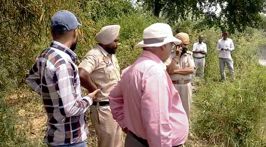
From Assam and Bihar in the east to Maharashtra and Gujarat in the west and Kerala and Karnataka in the south, floods have wreaked havoc claiming lives and destroying property, prompting relief and rescue operations on a war footing. As many as 83 teams of the National Disaster Response Force (NDRF) have been deployed in four flood-hit states in addition to 173 teams of the Army, Air Force and Coast Guard. Government agencies are keeping a close watch on the situation that has arisen out of the progress of the south-west monsoon and the consequent heavy rainfall with major rivers in spate. While the situation is grim, what is of concern is that floods have become a regular feature with no signs of abating and the devastation accepted year after year with stoicism.
There are two aspects of this calamity. One is safety that consists of evacuating people to safer places in times of danger. Studies have pointed out that evacuation is a social behaviour and people respond or cooperate depending on how they perceive the risks. Timely warning, advance planning and making people aware of the impact can go a long way in mitigating the damage as seen in the case of Cyclone Phailin in Odisha. Permanent shelters with modern infrastructure in flood-prone areas can be of help instead of taking recourse to desperate temporary measures.
The second is the climatic aspect. While the 2018 floods in Kerala were said to be the result of ‘poor dam management’ as all 80 reservoirs were said to have been opened simultaneously, leading to heavy discharge along with extreme rainfall, the streams also need care. Rising of river beds due to silt deposition, environmental factors like deforestation and change of land use due to increased needs of agriculture and urbanisation all need attention to minimise the damage. It is not just the floods alone that cause devastation. Human suffering is manifest also in the displacement caused by the building of dams and submergence of low-lying areas as a result of it, like in the case of Narmada. Floods may be difficult to prevent but efforts can surely be made to minimise the damage.



























